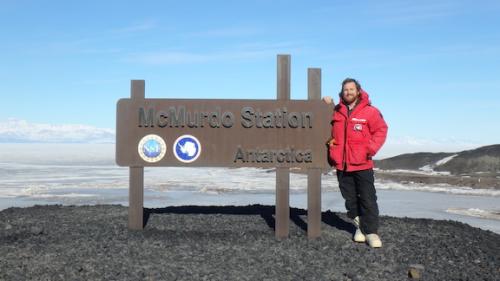
Final departure from McMurdo Station happens more or less in the reverse order of arrival on Station. Having packed up our personal luggage, everything but Extreme Cold Weather (ECW(abbreviation) Extreme Cold Weather clothing) gear and a small carry on bag is weighed and dropped off with cargo handlers the night before our flight - the aptly named "Bag Drag." In full ECW(abbreviation) Extreme Cold Weather clothing gear the following morning, Art Woods, Bret Tobalske, Steve Lane, Caitlin Shishido, and I (Amy Moran remained behind for a couple of days to wrap up a few experiments) checked in to the passenger "terminal" in building #140. Saying goodbye to friends and colleagues who came out to see us off, and with passports and lunches in hand, we boarded "Ivan the Terrabus," our transport out to Pegasus airfield. From the heights of the passenger cabin, the bright sunlight and cloudless sky allowed expansive views of a landscape now much more familiar than when we'd arrived two months earlier.
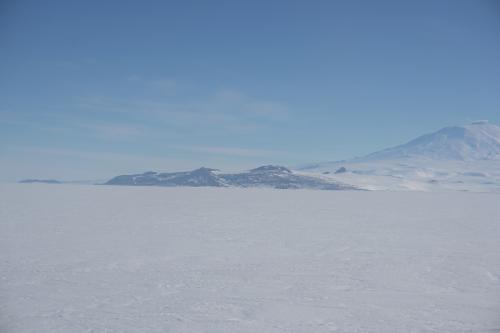
A waiting Royal New Zealand Air Force C-130 cargo plane carried us off the continent, flying along the Transantarctic mountains and giving us glimpses of ice floes from the late spring breakup of the Ross Sea iceThere are terms for different types of ice. Shorefast ice forms along coasts and is attached to land. Pack ice is ice floating in open water. Multiyear ice is ice that has survived at least 1 summer. First year ice is ice that has not yet survived a melting season. pack. The propellor-powered aircraft's unceasing roar coaxed the passengers into a monastic muteness; each of us withdrew to books, data analyses, movies, or naps during the seven hour flight back to New Zealand. In Christchurch we cleared customs and I bid a bittersweet adieu to my Big Red parka when we returned our ECW(abbreviation) Extreme Cold Weather clothing gear to the Clothing Distribution Center. The five of us checked into a hotel for the night and reconvened for our first non-dining hall prepared meal in nine weeks at a nearby Indian restaurant. The following dawn, we continued our travel aboard commercial airlines. With Caitlin heading to Hawaii and Art, Bret, and Steve bound for Montana, we said our goodbyes at a gate in the Sydney airport. Experiencing several delays of myself and my luggage, I would be in transit back to my home in Friday Harbor, Washington for a total of 83 hours.
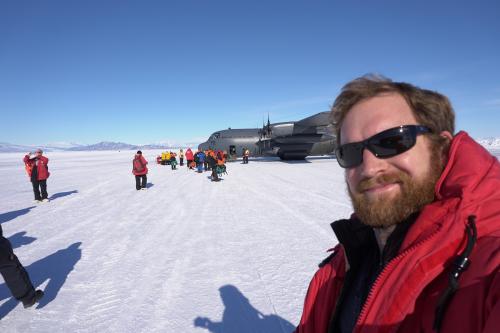
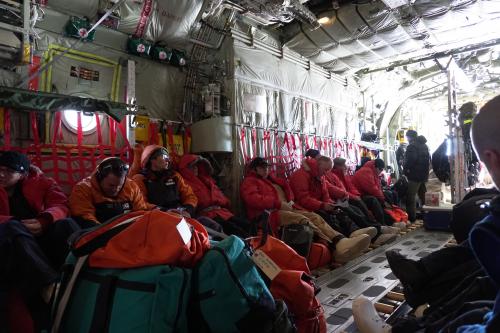
That we can measure a journey of such great distances in hours and not months astounds me. The technology, training, and resources necessary to travel to, exist in, and return safely from such a distant and severe environment are extraordinary. Bearing witness to this achievement has been an over-arching theme running through my experience and one that I'll work to share with my students. In the coming weeks and months - as I readjust to trees and sunsets and traffic - other ideas will undoubtedly germinate from the memories and associations. For the researchers, the field season is only one step in the process of science. They will be analyzing the mountains of collected data in the months ahead, interpreting patterns and asking new questions that will help us understand the remarkable animals that live beneath the ice at the bottom of the world.
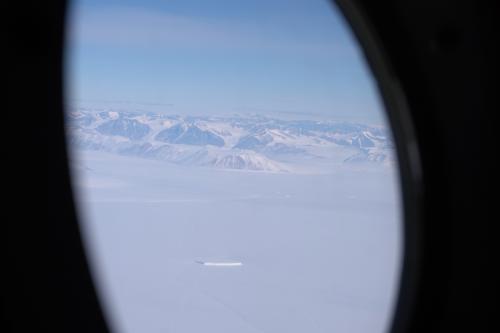
I can't offer enough thanks to the all the people who made this experience possible, safe, and successful but more than a few played a pivotal role. I thank my team: Professors Art Woods, Amy Moran, and Bret Tobalske as well as PhD candidates Steve Lane and Caitlin Shishido, for accepting me onto their team and essentially, taking a chance on an unknown kid. Thanks to Janet Warburton, Judy Fahnstock, and Sarah Bartholow at PolarTREC for providing unparalleled programmatic support prior to and during my time in Antarctica. I thank Elaine Hood, my implementer at Leidos, for making sure I was prepared for deployment to McMurdo and going out of her way to expand my professional network and experience while I was there. Thanks to Rob Robbins, Steve Rupp, and John Heine for managing a safe, organized, and occasionally humorous scientific dive program. Amanda Andreas and Umi Hoshijima took care of our entire team when we were working too hard. Bev Walker, Megan Parks, Carolyn Lipke, and Cindy Foster took care of our every need in the Crary Laboratory. Thanks to my Head of School, Louis Prussack for supporting this experience and the superior faculty and staff at Spring Street International School, in particular John Magee and Peg Hope for taking over my classes during my absence. Of course, there are dozens more people, some of whom I've never met, who, in smaller ways made this experience possible and I offer them my thanks and gratitude as well. Finally, thanks to you for following this expedition, asking such great questions, and motivating me to go in search of answers. Other expeditions to the polar regions depart shortly; I hope you continue your interest in these distant and unseen areas of the world whose role in our greater understanding of home becomes increasingly important every year. With that, this is USAP(abbreviation) United States Antarctic Program Event Bravo-307, signing off.
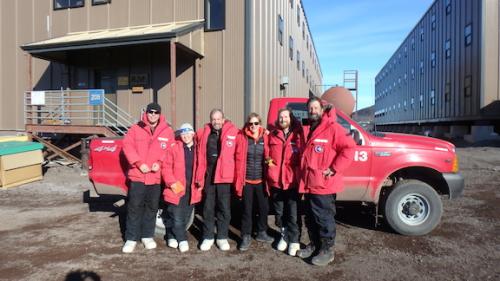
- < prev
- 50 of 50


Comments